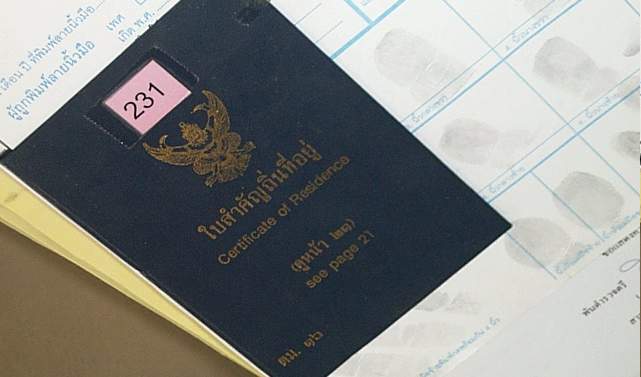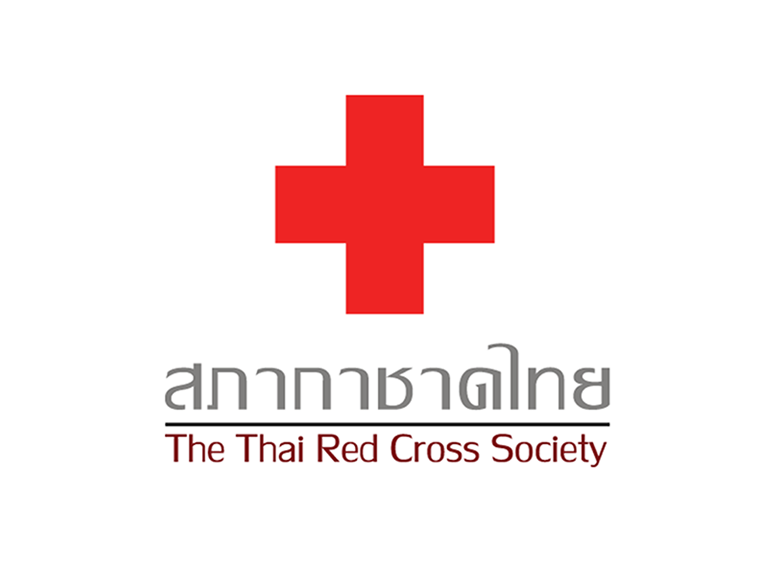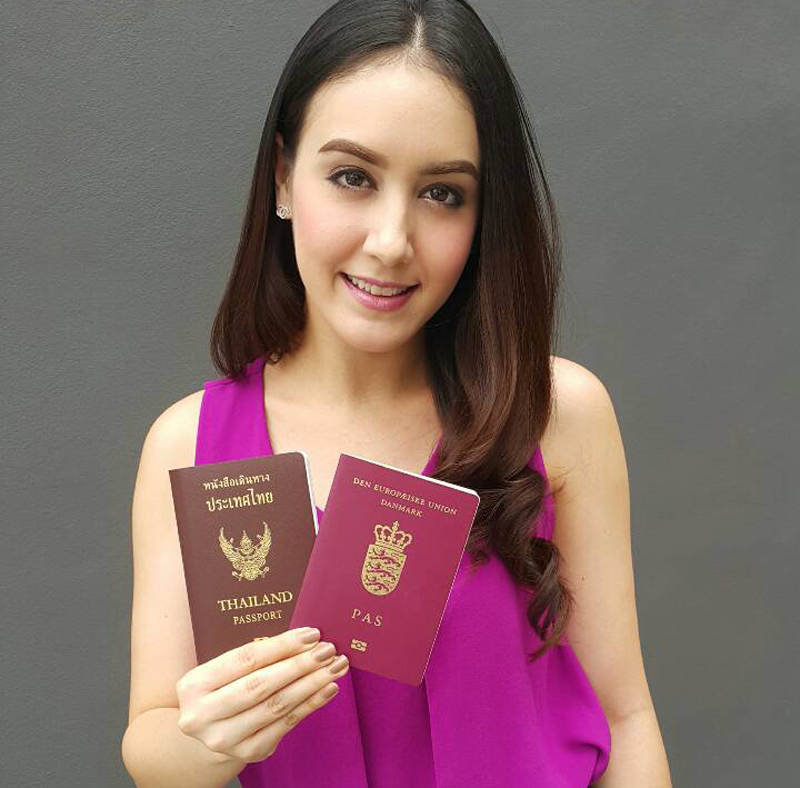Saving for Retirement in Thailand
One of the questions that I often get asked by people living and working in Thailand are what are the options for for maximizing Thai retirement savings?
For those in the midst of a career but who are laying down plans for a longer-term stint in Thailand, it’s worth understanding what options might be out to help build your retirement savings.
Based on experience of living here long term, there are a range of tax effective and well backed local options that are out there for you to invest.
In addition, if you have come from overseas (or even have worked overseas but not been a citizen there – for example the UK), there may also be other options available there which are also available to you to build your retirement wealth via either public or private pensions schemes.
What is written below is a brief summation of my experiences as someone who has spent a fair amount of time between Australia, the UK and Thailand. The goal of this article is simply to lay out a few markers to what might be available out there which may or may not suit your needs.
I want to stress that none of this should constitute financial advice. If you are in the market for formal financial advice should consult those formally registered in Thailand with the Thai Security or Exchange Commission (‘SEC’). You can check out the links here to firms which are currently licensed with the SEC.
Unregistered advisors and questionable financial products
Before I being outlining what options may be out there, it is important to let people know what might be good to avoid with a barge pole. The ‘avoid’ group tend to fall into two categories:
- Products sold by firms not registered in Thailand;
- Questionable property investment ‘schemes’ run by less than qualified foreigners, particularly around Bangkok and Pattaya; and
- Questionable ‘savings’ products sold by legitimate Thai financial institutions.
I won’t go into detail them in this article but feel free to check out another piece I’ve written (‘Avoiding questionable financial investments in Thailand’). In that article I take you through some of the less rewarding financial products you might find yourself presented with in Thailand, as well as the type of characters who might try and sell you them.
Local Thai Investment Options
To encourage investment into the Thai stock exchange, and to increase Thai retirement savings more generally, the Ministry of Finance offers substantial incentives for those who invest in specially designated funds. These effectively let you invest your earning tax free, up to a certain limit per year.
There are two main categories:
- Super Savings funds or ‘SSFs’ which invest in SEC approved vehicles including equities, bonds and alternative investments with a minimum 10 year holding period; and
- Retirement Mutual Funds or ‘RMFs’ which invest in local and international shares and can’t be touched till you are 55
Both take contributions from your pre-tax earnings and any returns from these funds are tax free if you hold them for the requisite time.
At the time of publishing, SSF’s will be available until 2024, after which point the government will review the policy. However, like their Long Term Fund (‘LTF’) predecessors, any investments made will continue to enjoy tax free status even if the government does not choose to renew the tax treatment for new SSF investments.
Summary of SSF and RMF features
| SSF | RMF | |
| Max % of income invested | 30% of salary | 30% of salary |
| Max total amount | 200,000 baht* | 500,000 baht* |
| Investment period to obtain tax free allowance | 10 years from investment date | Withdrawn at 55 years of age. Minimum holding regardless of age is 5 years from investment date |
| Allowed investments | Domestic SEC approved investments | Domestic and international investment trusts |
| Period where new investments can be made | 2020 to 2024 | Indefinite |
| Minimum investment? | No | No |
*SSF’s require you invest not more than 30% of your taxable income/or 200,000 baht in total for that tax year (which ever is lower). In total, you will tax advantages will apply on investments up to 500,000 baht only. This includes all combined investments in Retirement Mutual Funds (RMF) – as well as other tax friendly provident funds, government pension funds, private teacher aid fund contributions, national savings funds and annuity insurance premiums.
What is the performance of these funds?
Every investor needs to undertake their own due diligence on these matters, but a good place to start is the Morningstar Thailand webpage which ranks the performance of all registered funds in Thailand. That link can be found here.
Having said that, you need to remember you are making Thai retirement savings contributions in place of some of your normal income tax liabilities.
These are monies that you would have otherwise paid to the Thai Revenue Department. It is money you would have never seen again if it went to the tax man. As such any SSF or RMF would have to decline by the amount you would have otherwise paid in tax before you are really losing out.
How do I apply for an SSF or RMF?
It is pretty straight forward and painless to apply for either of these. Once you have decided on which fund you’d like, you can apply directly to the institution. In most cases, it is a high street bank in Thailand, or if not, a registered financial institution. Once registered, you are generally able to make deposits via internet banking.
International Private and State Pension Options
In addition to maximizing your Thai retirement savings pot, there exists the option of ensuring that your pensions and retirement savings in your home country are maximized too. Depending on where you are originally from (or in some cases even worked internationally) there are also a number of options that might allow you to continue to contributing to private and state pension plans that you can subsequently access upon retiring in Thailand. Below I outline two which I am familiar with.
United Kingdom
Pensions
If you are British (or have ever worked in the UK for a few years) you are eligible to continue to contribute to your National Insurance (‘NI’) while outside the UK, via voluntary contributions. Depending on your employment status (salaried or self-employed) you’ll have the option of making either ‘Class 2’ or ‘Class 3’ contributions. Making these contributions counts towards the years you need to get your UK pension and for most people, you can make back payments on the years that you may have missed contributions.
Having lived and worked in the UK myself for a few years in the mid 2000’s, I recently did this myself. You’ll need to have made at least 5 years of contributions to start making back payments, and you’ll need at least 10 years of contributions to begin receiving a part pension. If you make a total of 30 years of contributions, you’ll be entitled to receive a full pension.
From my personal perspective, making these contributions provides a very good upside, given you’ll be asked to contribute a few hundred pounds per year in return for a couple of thousand pounds per year in state pension, which you’ll start receiving at 67 years of age.
While I haven’t made this my only retirement income stream, I see it as a very good very good supplement to my Thai retirement savings.
How to top up your UK pension from Thailand
After hunting down your National Insurance number, there are a couple of tools I used to guide me in getting my voluntary contributions all set up.
- The first step is to request a state pension forecast. This will tell you how many years you have already paid into the system, as well as what pension you are entitled to receive. That form is available here.
- Once you have received your forecast, follow the steps here on how to make voluntary National Insurance contributions.
The process took me about 4 months from start to finish, using snail mail. However now I can make annual contributions electronically from Thailand.
Australia
Pensions
Unlike their British cousins, there is no way to ‘top’ up an Australian pension. But there is some good news, and some bad news on this front.
The good news is that you only have to live in Australia for a minimum of 10 years from the age of 16 to be eligible for an Australian aged pension. Another bit of good news is that Australia has a range of social security agreements, which means that residence in a country with an agreement in Australia counts as time towards your pension eligibility (see here for the entire list).
The bad news is, you have to have lived in Australia for 35 years for the full rate of your pension if you have retired overseas. If you have lived in Australia for less than 35 years, you’ll normally get a lower rate, for example, if you were a resident for 10 years you’ll get 10/35ths of your usual rate. This lower rate kicks in after 26 weeks outside of Australia. However, the full rate gets restored the moment you return to live in Australia. The other thing to know is that your Australian government pension will likely be ‘means tested’ against any Thai retirement savings (as well as all other private investments).
Superannuation
Australians also have the option of continuing to voluntarily contribute to their personal superannuation funds. Similar to Thai retirement savings (RMFs) there are tax advantages while working in Australia. While these contributions don’t garner any tax advantage under Thai law, and any contributions are treated as ‘concessional’ after tax contributions under Australian law. Australian superannuation funds also provide in built life insurance as well as other products, such as income insurance as well as total & permanent disability (TPD) cover which are generally excellent value for money and not available in any Thai retirement savings vehicles I have seen.
One of the reasons I still contribute to my superannuation fund in Australia is that the premiums for this insurance (and the resulting level of cover) is much better than any product I can find in Thailand, and my Superannuation provider has confirmed these insurances are valid while I live in Thailand, so for me, they are worth keeping.
United States
Unfortunately, I’m not that familiar with the US and how their social security and private retirement savings system works in relation to Thailand. However, I did find this link from a firm based in Bangkok called ‘Creveling and Creveling’ (I have no association with them) who are a fully registered with the Thai SEC. So if you are American, you may want to check them out here for advice on this front.







